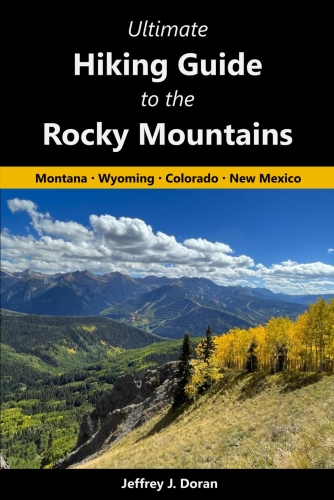Beginning this Sunday, April 13, voluntary automated gate transponders will again be available for purchase on Sundays at Rocky Mountain National Park’s Beaver Meadows Visitor Center between the hours of 9 a.m. to noon and 1 p.m. to 4 p.m. These devices are available to interested annual and lifetime passholders, including RMNP, America the Beautiful, Senior, Military, Veterans, Access and Fourth grade passes. For individuals who purchased a transponder from February to June 2024, transponder renewals will also available.
Due to unforeseen technical difficulties, transponder sales have not been available since June of 2024. Technical challenges have been resolved and interested pass holders are eager for this voluntary amenity to be available once again.
Transponder lanes assist passholders and park staff by reducing queuing and congestion at entrance stations particularly on busy winter weekends, as well as prior to 9 a.m. and after 2 p.m. during months when timed entry reservations are in place.
Visitors who choose to purchase this optional transponder device will be able to enter RMNP using the transponder lane at Beaver Meadows and Fall River Entrances. A new transponder lane will be available on the west side of the park at the Grand Lake Entrance later this year. The previous transponder lane at Grand Lake Entrance was destroyed in the 2020 East Troublesome Fire.
A transponder is a small, credit card-sized device that must be attached to a vehicle’s windshield. The amenity fee for those interested in this voluntary transponder is $15. One transponder may be purchased per valid annual or lifetime pass and the transponder is valid for up to one year. For those who are renewing transponders purchased between February to June 2024, the $5 renewal rate will be waived. Renewals must be done in person. All future transponder renewals will be $5 after the initial purchase.
Transponders must be attached to the inside, top-right corner (passenger side) of a vehicle’s windshield and are non-removable, non-transferable, and non-refundable. When using a transponder in the park, visitors must have their passes with them as well.
In 2004, Rocky Mountain National Park constructed a fast pass lane at the Beaver Meadows Entrance and in 2011, an additional fast pass lane was installed at the Grand Lake Entrance. Rocky Mountain National Park was one of the only national parks with fast pass lanes for visitors. Visitors who purchased an annual park pass or lifetime pass were able to use their pass to operate the automated gate. However, in 2019, the National Park Service modified the format of annual and lifetime passes. The new national passes were not compatible with the park’s gate system technology. As a result, the fast pass gate was not operational for the last few years. To address this challenge, RMNP transitioned to windshield transponders for interested annual and lifetime passholders to access a new transponder lane during the times of day when timed entry is not in effect.
*******************************************************************************
From Montana to New Mexico, the American Rockies stretch for more than a thousand miles. Within this spectacular mountain range are thousands of miles of hiking trails.
With such an overwhelming number of options, how will you find and choose the most scenic and rewarding hikes?
Ultimate Hiking Guide to the Rocky Mountains takes all the guesswork out by focusing on some of the most amazing hikes across this range, and provides you with a handpicked list of options that will allow you to make the most of your trips in the Rockies:

